Interesting questions and answers
A: All Boathouse boats have catamaran structure and its bottom doest not touch the water surface, even when it is fully loaded. Therefore, the movement occurs on the hydrodynamic balloons with minimal resistance.
2. Q: Is Boathouse boat speed increases in proportion to the engine power?
A: No. All Boathouse boat models can be attributed to the type of displacement. Therefore, for hydroglide speed (for inflatable boats - 20 to 25 km per hour), boat Boathouse enough from 2.5 hp up to 5 hp on the largest models. If you install the engine, 15 hp on Boathouse boat, its speed will be the same as on keelboats.
3. Q: All models Boathouse have small cockpit, can it be deeper?
A: If we make the cockpit more deeply, bottom will touch the water surface and significantly change the speed and performance indicators with the weak engines. In addition, the passability deteriorates. Depth of cockpit does not affect the safety of the crew. Due to the structure of the catamaran, Boathouse boats do not have banks, unlike the keelboats, so they have super stability and to turn over is impossible. And the installation of personal seats, instead of the usual wooden seat boat allows comfortably fish. Therefore, the depth of the cockpit - a matter of habit.
4.Q: Does it make sense to order a model with PVC fabric density of 1100?
A: It makes sense, if the boat will be operated on a rocky mountain rivers. In the usual case - it makes no sense. The most vulnerable part of the boat - lower part. In our case - the lower part of the balloon is protected by a triple PVC cloth, density of 800, then glued redan along the entire length and over redan - more PVC fabric. Thus, the lower part of the balloon is simply impossible to break.
5.Q: What is the role of spoilers and what they do?
A: spoilers - are triangles made of PVC fabric, which are mounted on the rear overhang of balloons to the transom. They do two functions - protection against splashes and provide lift to the rear part of the boat. Due to this, the boat Boathouse does not turn up its nose even at sharp start.
6.Q: If on boat Boathouse install plastic chair, how to row?
A: Indeed, sitting on a plastic swivel chair established closer to the board, it is impossible to row. To do this, each Boathouse boat have an inflatable chair that means of rescue too. But if you have equipped your boat for fishing trips or with plastic furniture - you turned the boat into cruiser. And on the boat from the shore repelled with paddle or gaff. Therefore, shooting with the paddle oarlocks, start the engine, pushe away from the beach and walk under the engine.
7.Q: What is the optimum engine for Boathouse boats?
A: We recommend the four-stroke engines ranging from 2.5 hp 5-6 hp depending on the length of the chosen model. The maximum speed is 20 km per hour, while you use the entire speed range - from trolling to the maximum, with one liter you will travel from 20 to 30 km, and the whole purchase will be more greatly - boat plus engine. IT is better to equip your boat on the savings with all kinds of auxiliary equipment that greatly improves comfort.
8.Q: Boathouse Boats must be registered?
A: If they are do not have an engine - no, because the kayaks and catamarans are not subjects to registration. Now Ukraine is preparing a draft law under which the boat with the engine power up to 5 hp, will not need registration too. Similar laws exist in many countries in Europe, and in russia - up to 10 hp. But today, even if you put an engine on a mattress - you will need a registration.
9. Q: Because of the large offsets of balloons you get a large length of boats, which scares buyers. Can you do them less?
A: Clearances of balloons is very important in catamarans and on all Boathouse models it is 90cm up as front
- for the frame and the rear - for the transom. Front takeaway of balloons is 90cm is very important for proper weight distribution of the boat and a good germination rate on the wave, and of 90cm - 70cm is used for locker. A rear takeaway of balloon is 90 cm due to the fact, in order to achieve a sufficient buoyancy in the vicinity of the transom and to eliminate the effect of rising nose when accelerating. Therefore, such takeaways affect positively on the boat. And when choosing a particular model - it is worth remembering. Take, for example, Fischer 510, the length of 513cm, and actual used length of the boat - 400cm and used width - 120cm. The longer the boat is, the less water resistance and better its driveability - driving stability, a wave germination etc.

 +38 (067) 570-32-08 +38 (050) 863-89-01 +38 (093) 669-47-34
+38 (067) 570-32-08 +38 (050) 863-89-01 +38 (093) 669-47-34
 Boats in 3D
Boats in 3D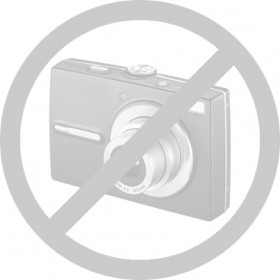


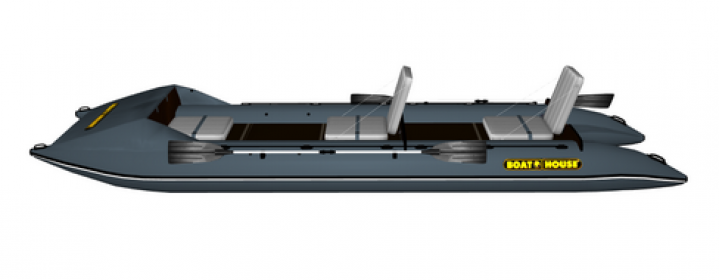

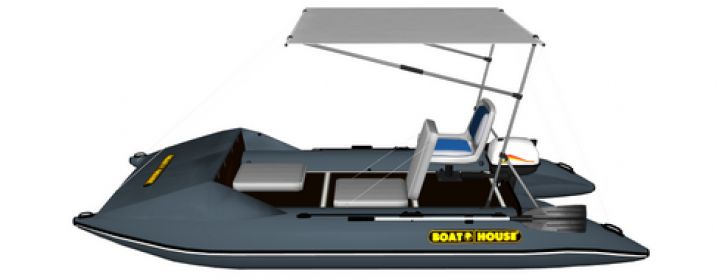



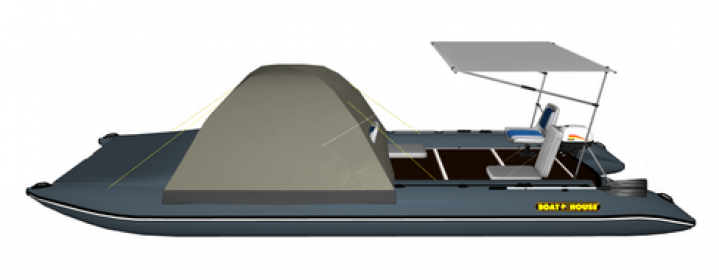




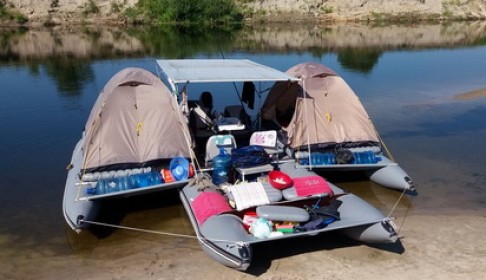


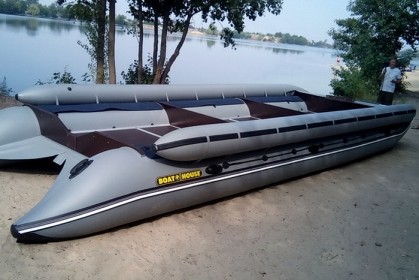

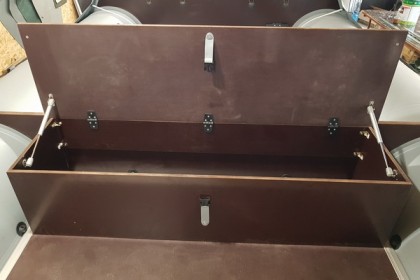


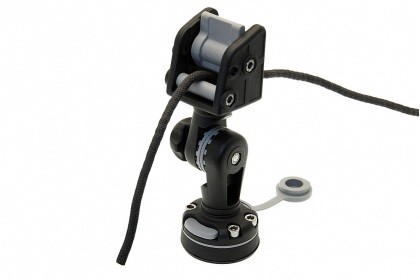

 USEFUL INFORMATION
USEFUL INFORMATION